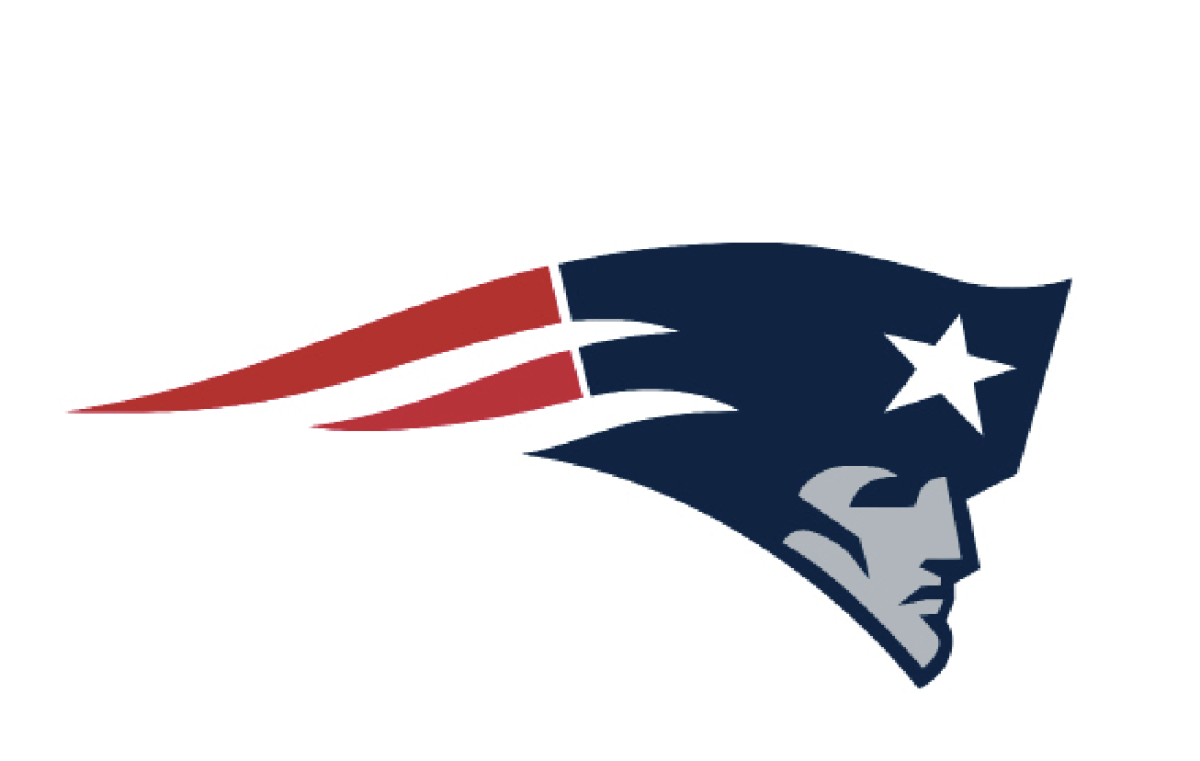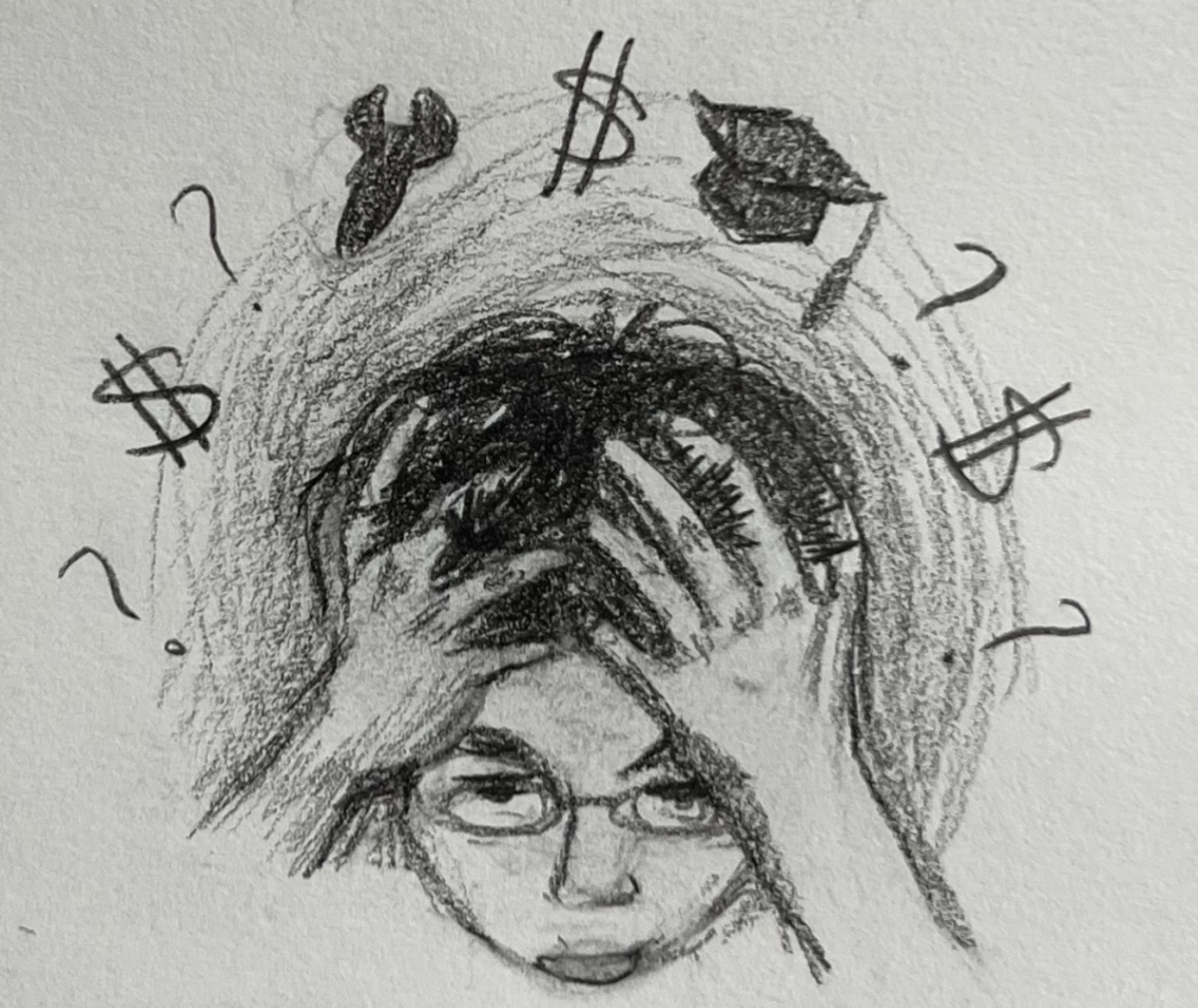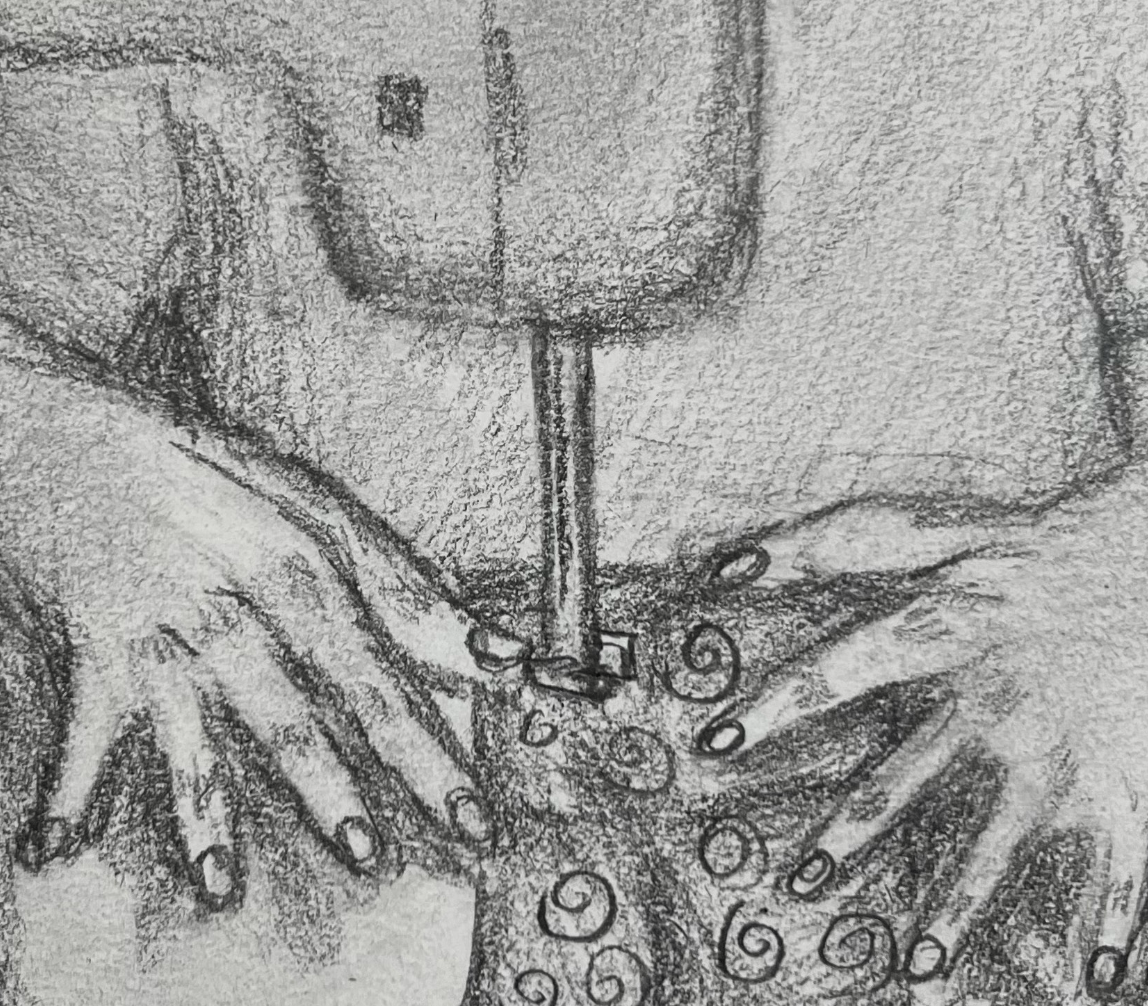I’ve figure skated almost all my life, so when I began volunteering for adaptive or therapeutic skating, I was confident in my coaching abilities. A couple of months ago, I waved at Colin, my new 5-year-old student, who was standing with his parents behind the boards of the ice rink. I took his hands in mine, despite his protestations. Stepping onto the ice, Colin let go of my hands, missed the boards, and crashed onto his knees. For the next ten minutes, he lay on his back and screamed.
With any other student, I could draw pictures and instruct them to follow the patterns. I could kneel and demonstrate how to get up. But Colin, as I found out, lived with challenges due to visual impairment. He wanted to feel the same adrenaline as anyone else when completing a new skill, but he had to work twice as hard. After another ten minutes, he yelled for his parents. I had no choice but to carry him off the
ice.Week after week, I didn’t know what to do when he would lay on the ice, shrieking, kicking, and crying. I tried to remain optimistic, but every week was more challenging than the last, and quite frankly, I was frustrated. As I looked around, I realized that all the other coaches were able to stay on the ice with their students for the entire session and even teach them new skills. I imagined the day that Colin
would try marching—a critical sequence in figure skating—but I feared that day would never come. I contemplated asking someone else to coach him.
However, I remembered how my own coach adjusted to my learning style when I first started skating in the United States; he worked with me when his world of skating was in English while mine was in Chinese. I was confused when he instructed me to do an “axel,” which I knew as “一圈半.” He was initially flustered when I responded to him with blank stares instead of executed skills.
Then, one day, he showed me his newest strategy: a chart translating skills from English to Chinese, including step-by-step action shot photos. When I forgot the vocabulary, he gave me time to process his demonstrations. Slowly, I learned all the terms.
Just like my coach didn’t give up on me, I wouldn’t give up on Colin. I needed to figure out how to reconceptualize my teaching. “Let’s skate forward,” I said, but Colin clutched his thumb, uncertain of where forward was. He was paralyzed with fear, worried that another skater would collide with him at any moment. I realized that simply saying “left leg” or “this way” would not guide Colin—his language of communication was different from mine.
In the sixth week, I brought a stuffed baby blankie for Colin. When I was little, my blankie provided the safety that I needed to be courageous when everything felt new. I refused to leave “兔兔” (Tutu), my pink and green baby blankie, named rabbit in Mandarin. Every morning, I shook Tutu in the air, and the internal jingle bell sound soothed me. But, at age 10, when my dad announced that we would move from Shanghai, China, to the United States, Tutu could only provide short-term comfort.
I became scared of making friends and adjusting to cultural norms. My new Tutu became figure skating. And just as the ice gave me peace, I wanted it to do the same for Colin. That day, Colin hugged the soft plush and smiled for the first time. I jingled the blankie in front of him so that he could follow the sound, and he did. The next week, Colin held onto my hands. I said, “follow my voice,” and he loosened his grip to let go. Colin trusted me. He learned to glide and take strokes. He learned how to fall and get back up.
Soon, we progressed to swizzles, a skill that uses the inside edges of both blades to move forward. Three months later, Colin proudly shouted, “I did it!” as he completed three consecutive swizzles. His neon-green snow bib and blue gloves were still covered in snow from his fall minutes prior. The buzzer went off, signaling that we had stayed on the ice for the entire hour’s lesson. I looked over at his parents standing by the boards of the rink. His dad was videotaping him while his mom wiped a tear off her face. When coaching Colin, I learned to stay open-minded and adaptable in my strategies to overcome our challenges. I realized the power of communication and how it can come in many forms. Coaching my students has been some of my life’s most rewarding and memorable moments.



